Whether it’s correcting the misspelling of their country’s name through social media, or revitalizing a city with a dark past, it seems that when Colombians come together there’s little they can’t do.
And the world is starting to notice. On Friday, Citi and the Marketing Services Department of the Wall Street Journal crowned Medellín, Colombia the “Innovative City of the Year,” beating out fellow finalists New York City and Tel Aviv.
In 2012, the banking group and newspaper partnered with the Urban Land Institute (ULI), a non-profit research and education organization, to choose the world’s most innovative city based on its economy, urban development, culture/livability, technology and research, among other measures. (Check Out A Video Of The Process)
Known by Colombians as ‘The City of the Eternal Spring,’ Medellín was chosen for its progress, potential, “rich culture and impressive strides in urban development” in spite of a past of violence fueled by drug lord Pablo Escobar and the Medellín Cartel.
“Few cities have transformed the way that Medellín, Colombia’s second largest city, has in the past 20 years,” the Urban Land Institute wrote in a statement online. “Medellín’s homicide rate has plunged, nearly 80% from 1991 to 2010. The city built public libraries, parks, and schools in poor hillside neighborhoods and constructed a series of transportation links from there to its commercial and industrial centers.
The links include a metro cable car system and escalators up steep hills, reducing commutation times, spurring private investment, and promoting social equity as well as environmental sustainability. In 2012, the Institute for Transportation and Development Policy recognized Medellín’s efforts with the Sustainable Transportation Award.”
ULI selected 200 cities in June 2012 based on the above criteria, and after two rounds of voting, three finalists were announced in October. The Colombian city was announced as the winner on March 1 with almost one million votes, and will be featured in the April issue of the WSJ magazine.
Before You Go
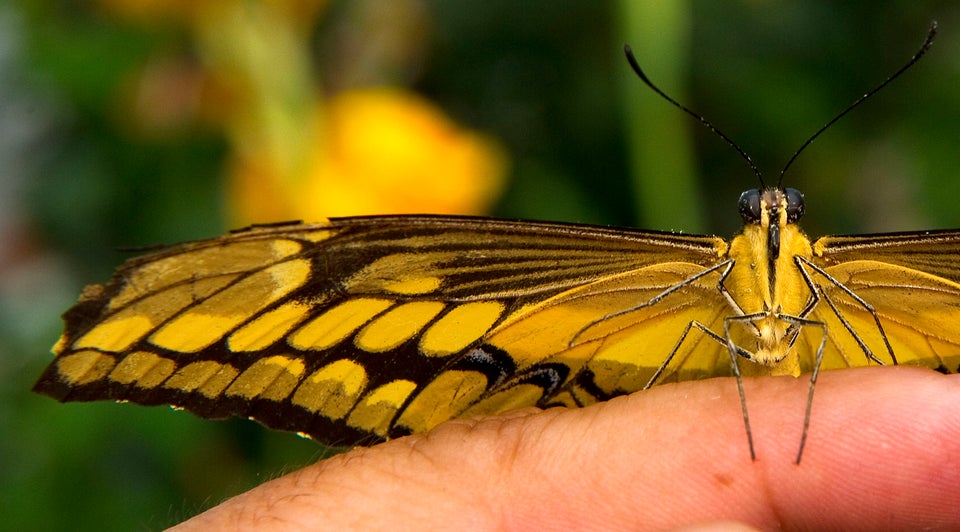
To put all of this in perspective, 68.7% of Colombia's surface is covered by natural ecosystems.

Many of the country's afro communities reside along Colombia's coasts, near port cities that use to be hubs for slave trading in the Americas.
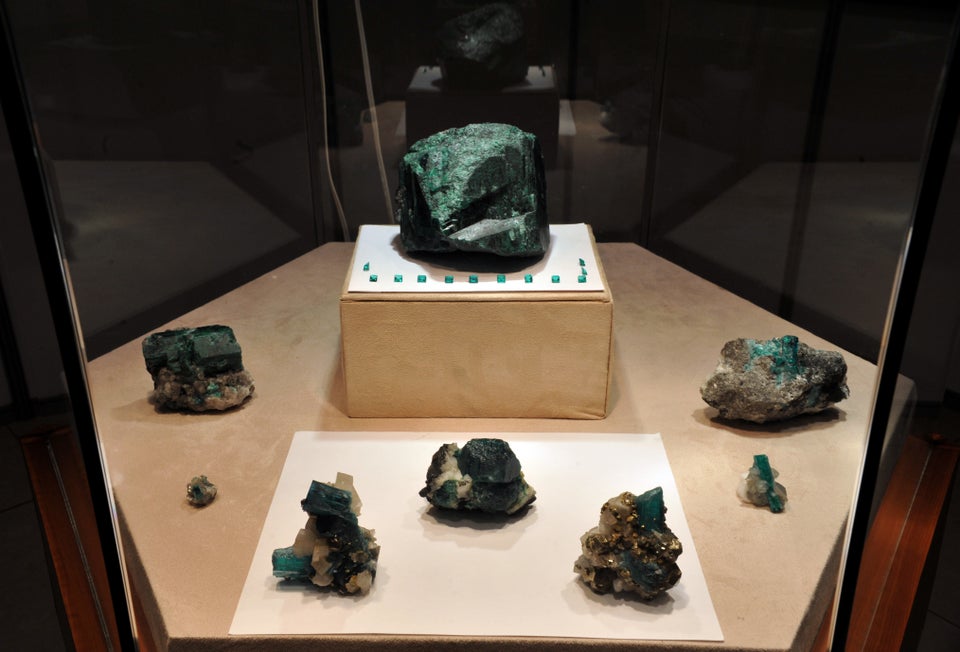
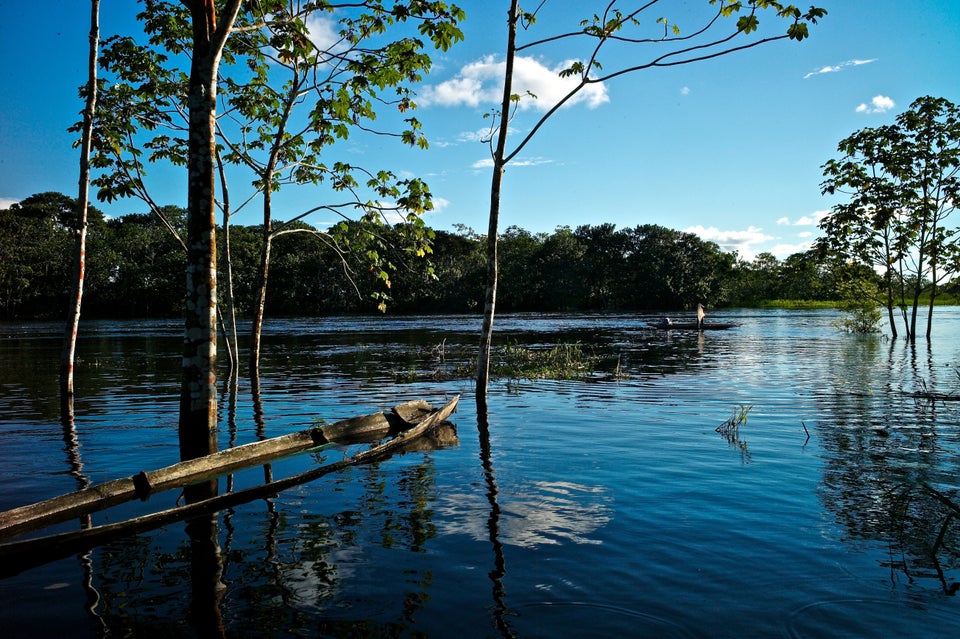
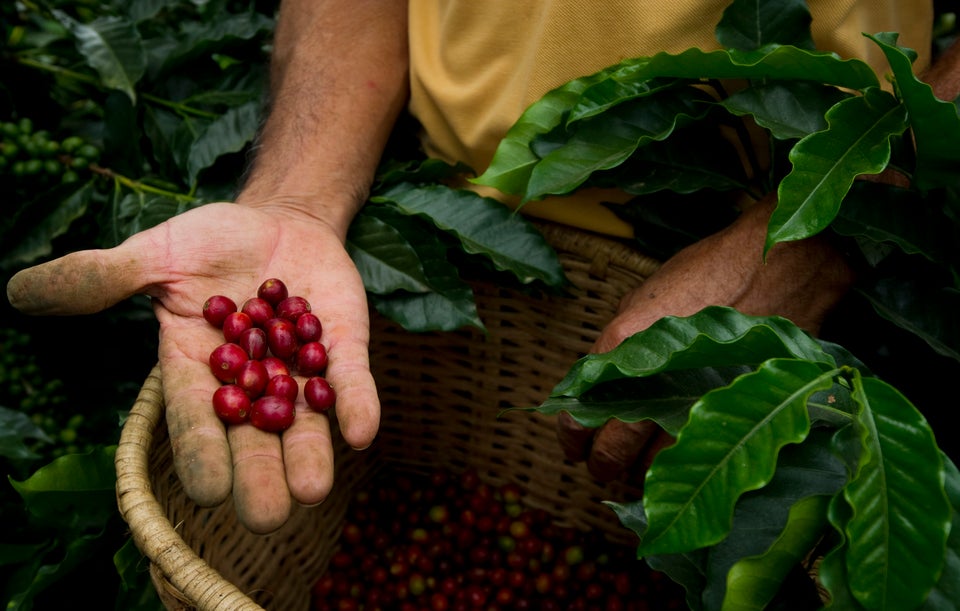
Fun Fact: The figure of Juan Valdez that represents the National Federation of Coffee Growers of Colombia is not based off a real person. The fictional poncho-wearing character widely referenced abroad (remember that scene from “Bruce Almighty”?) is simply used to represent Colombian coffee farmers.

In 2007, Víctor García de la Concha, the director of la Real Academia de la Lengua Español, the official royal institution overseeing the Spanish language praised the country's Spanish while speaking to Caracol Radio.

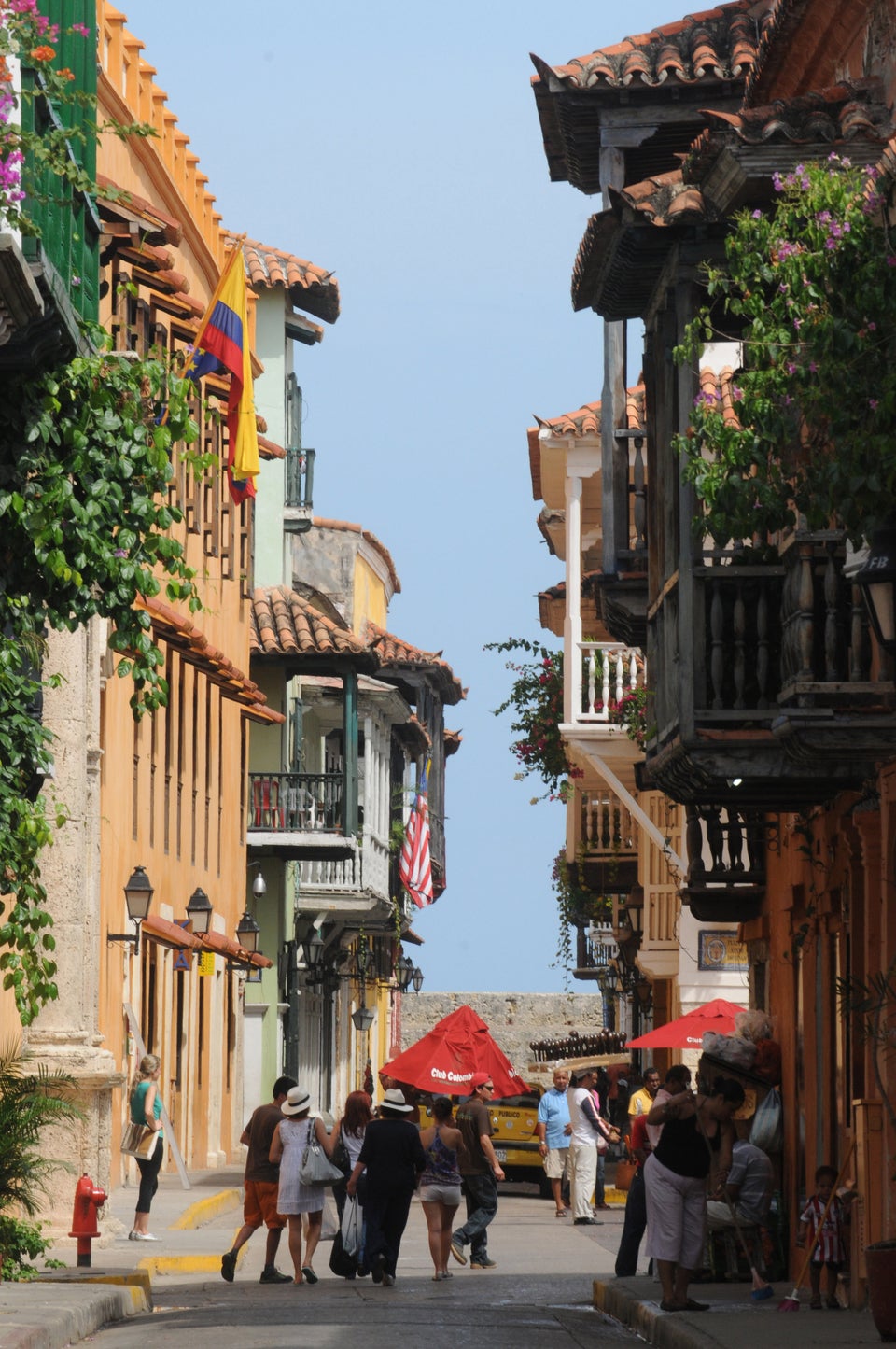
Most Colombians take advantage of the long weekends, also known as “puentes festivos,” to travel within the country with friends and family.
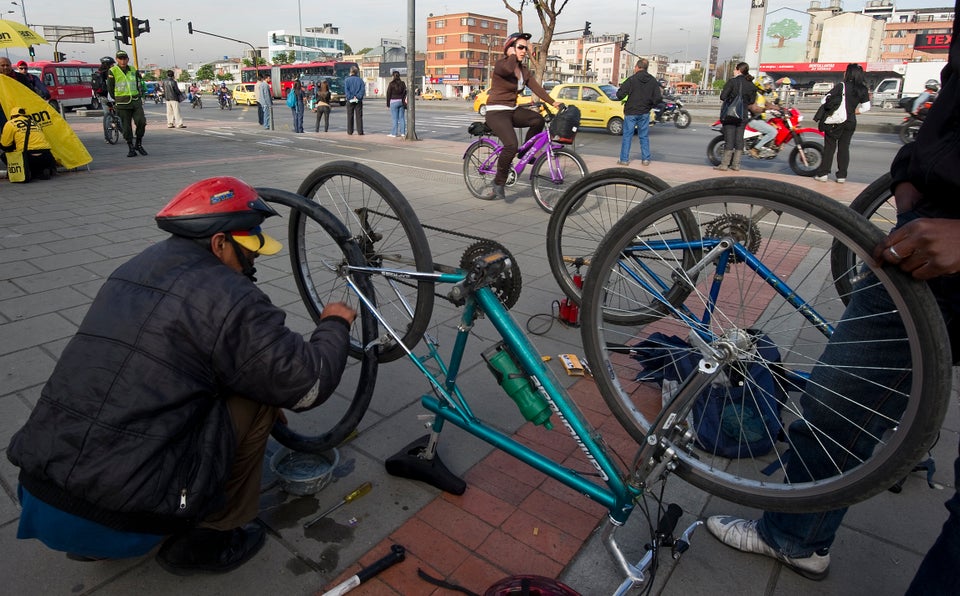
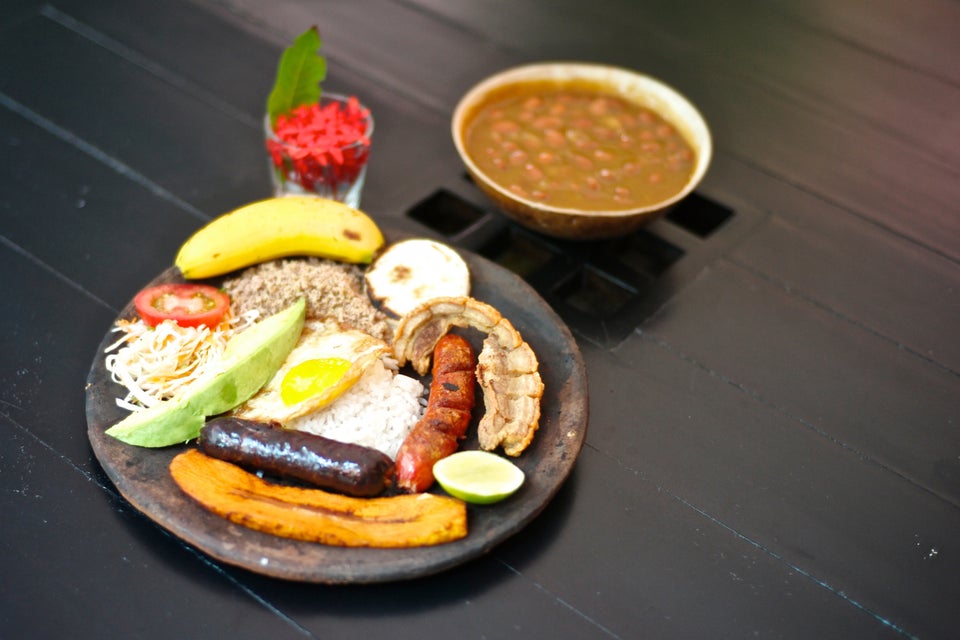
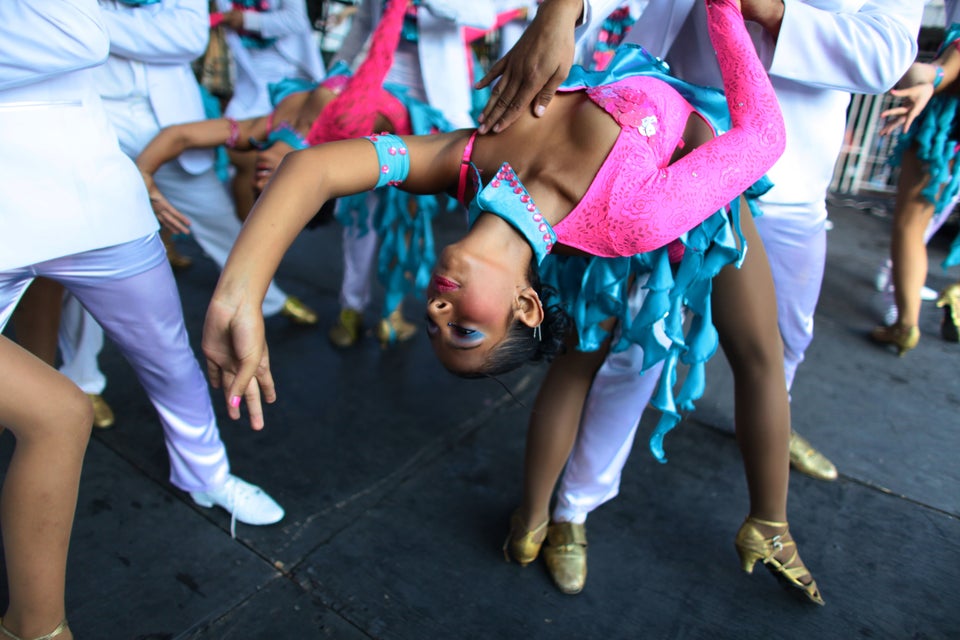
Colombia’s third most populous city, Cali, is sometimes called La Capital de la Salsa (World’s Salsa Capital). With significant differences from other styles of salsa, “Salsa Caleña” is known for its quick footwork with a mostly still upperbody. But Colombians do more than dance Salsa, the country is most well known for both its Cumbia and Vallenato genres.
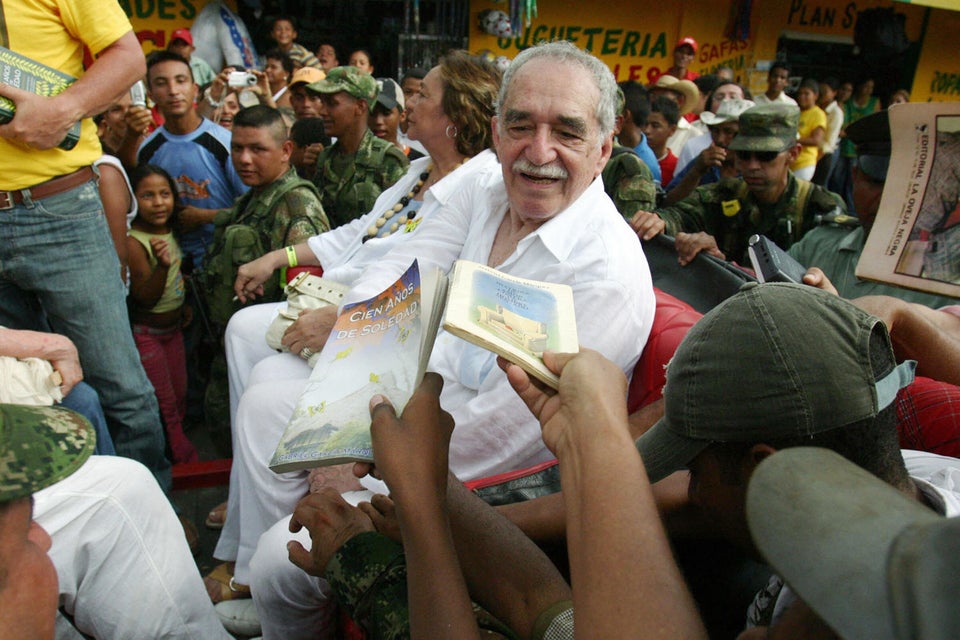
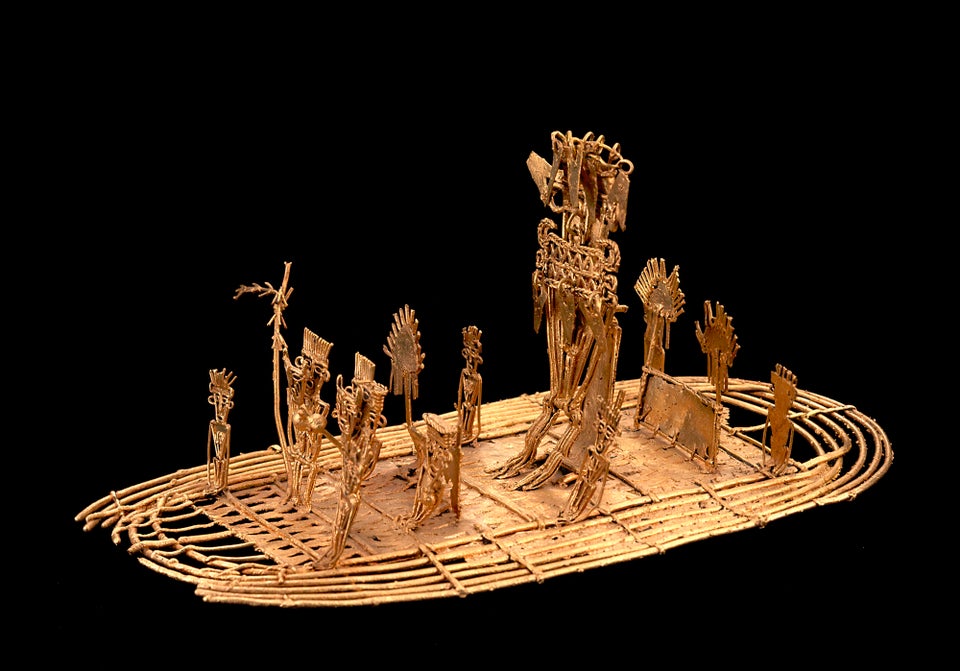
Bogotá’s International Airport “El Dorado” was named after the ceremony, and gold artifacts, like the Muisca Raft, can be found in the capital city’s Museo del Oro (Gold Museum).
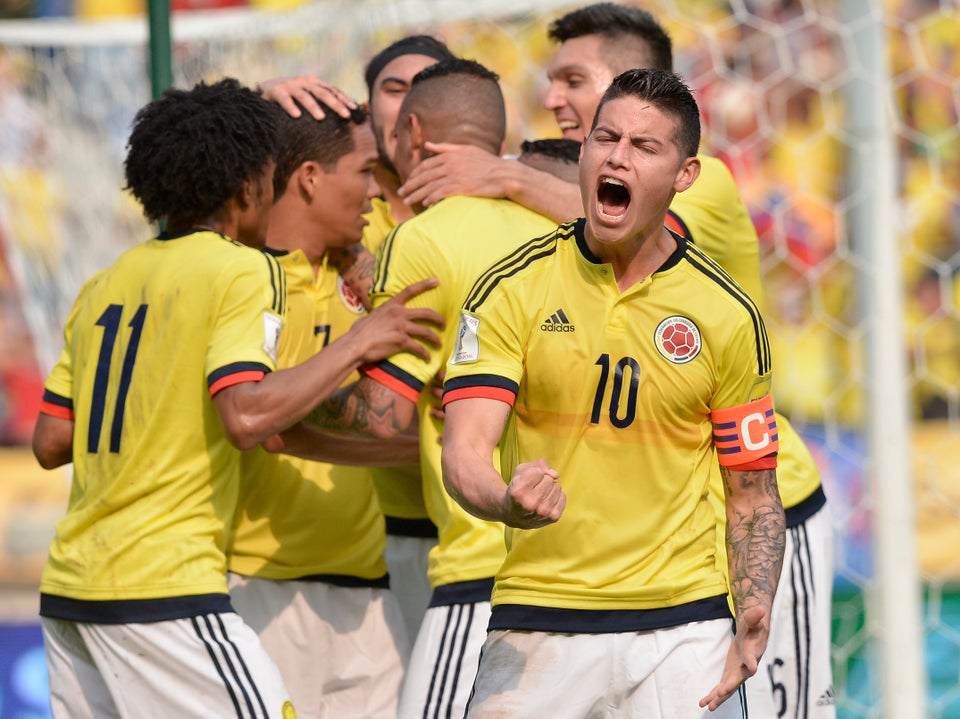
James Rodriguez and los Cafeteros showed the world their growing power and dance moves at the 2014 World Cup in Brazil. Rodriguez took home the Golden Boot for most goals scored in the tournament and also won Best Goal of the Tournament.

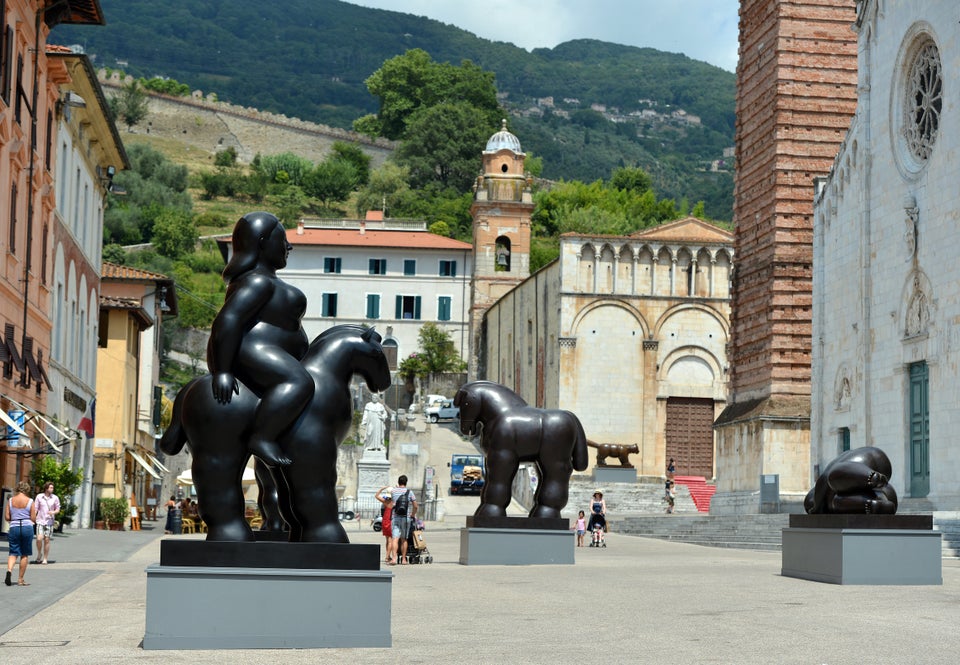
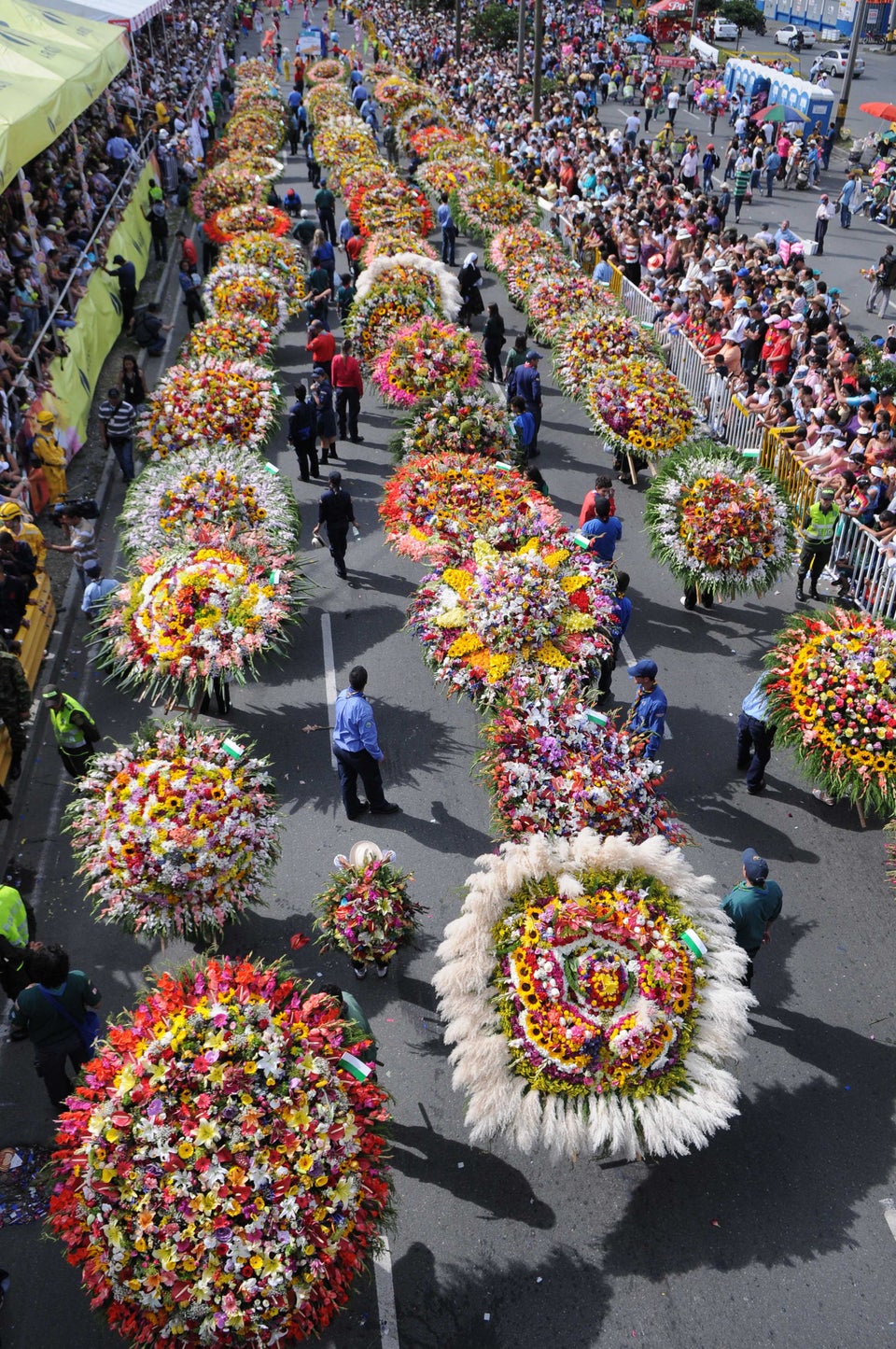

Colombia's economy has been growing over the years and despite some setbacks, the country currently has one of Latin America's most stable economies.
